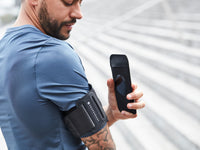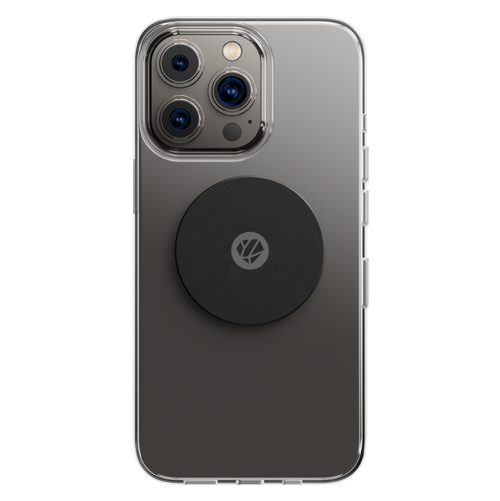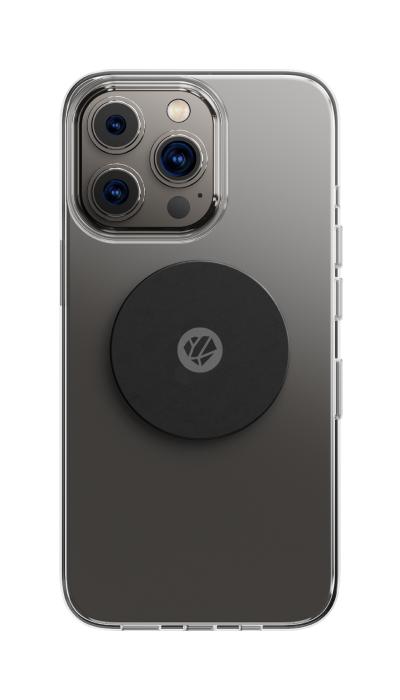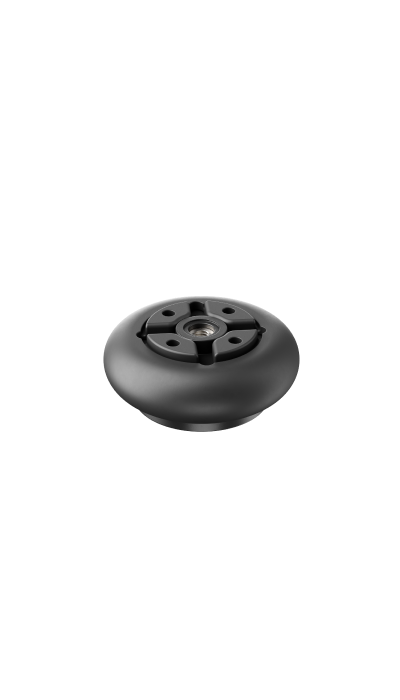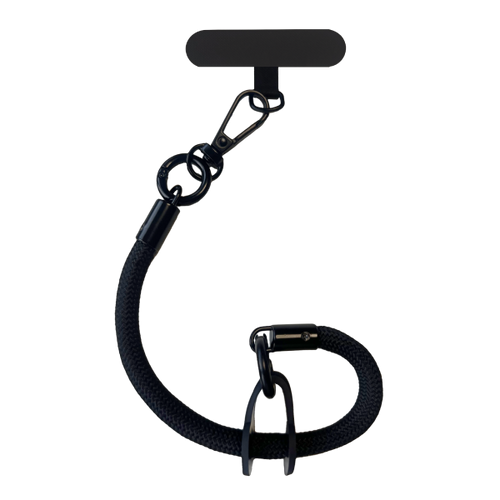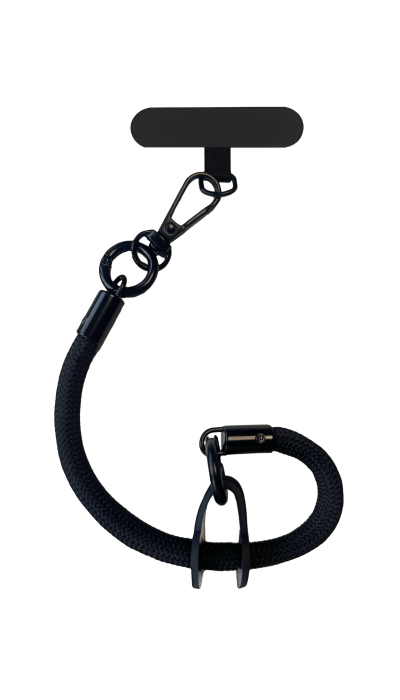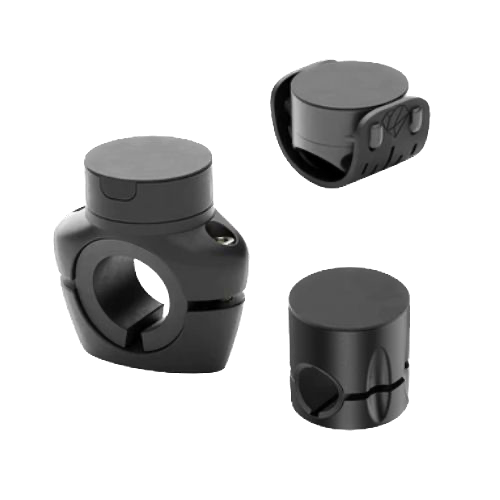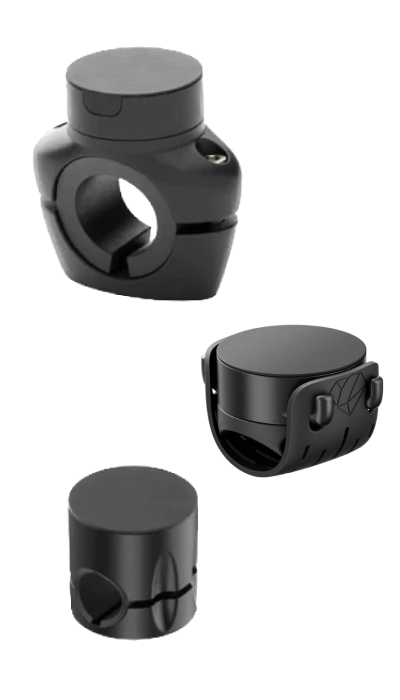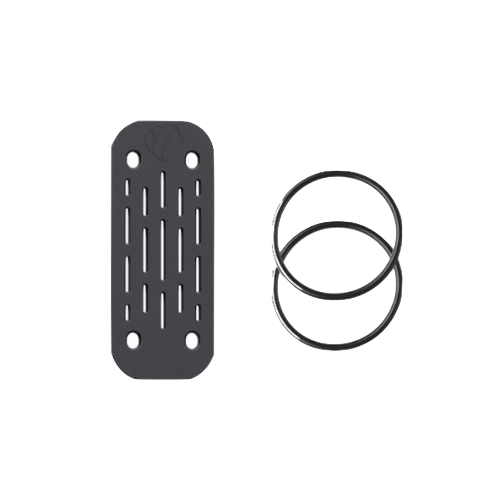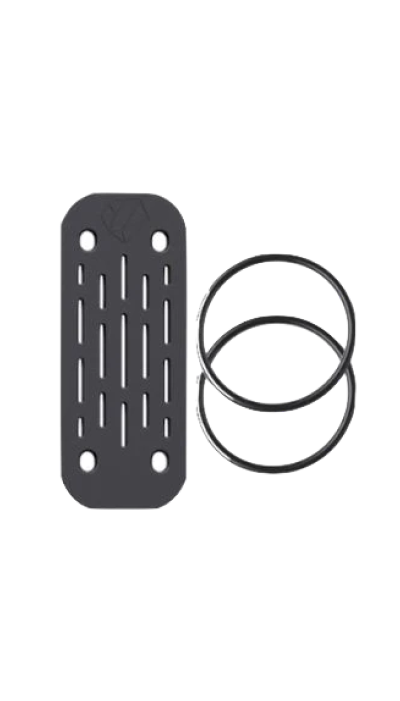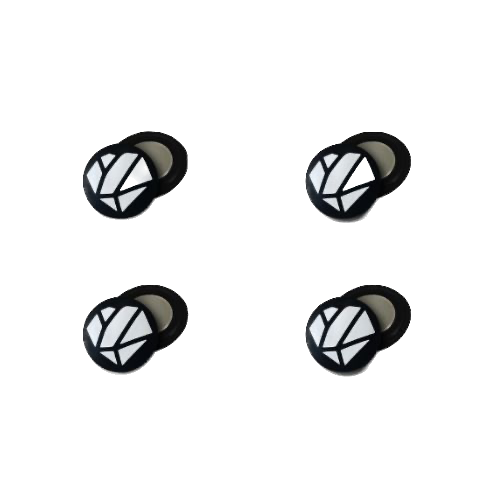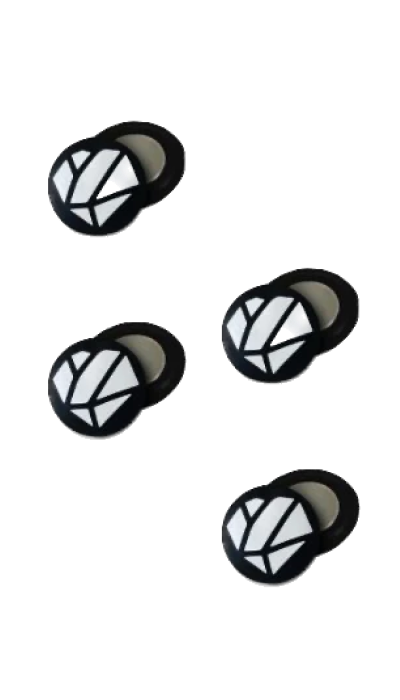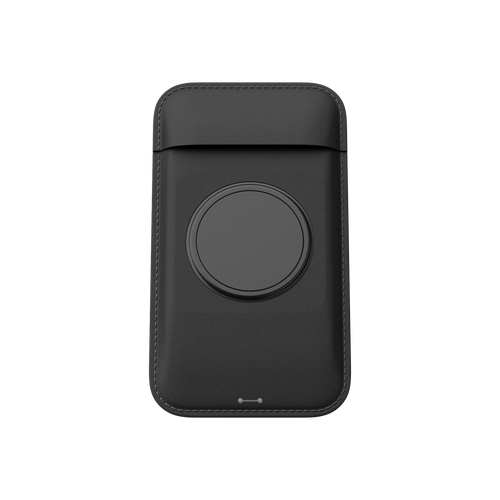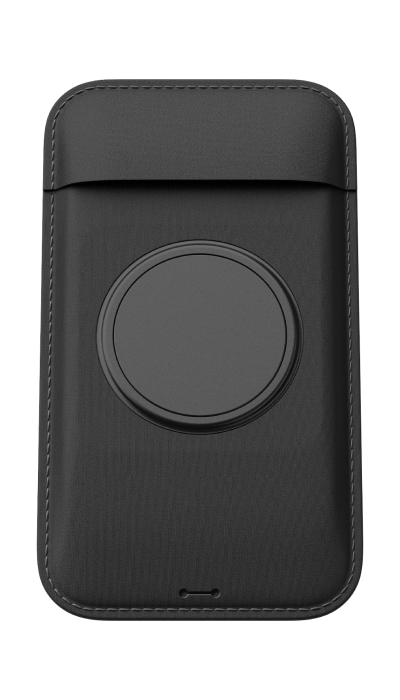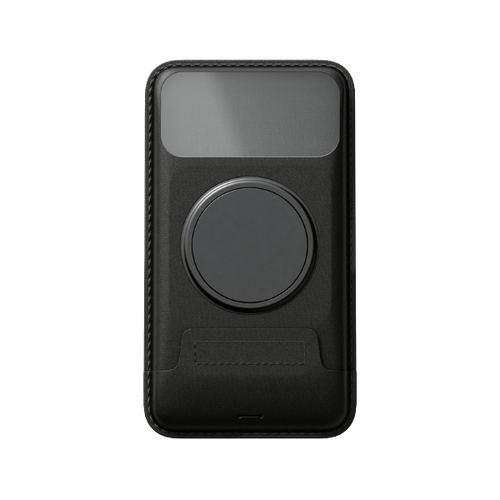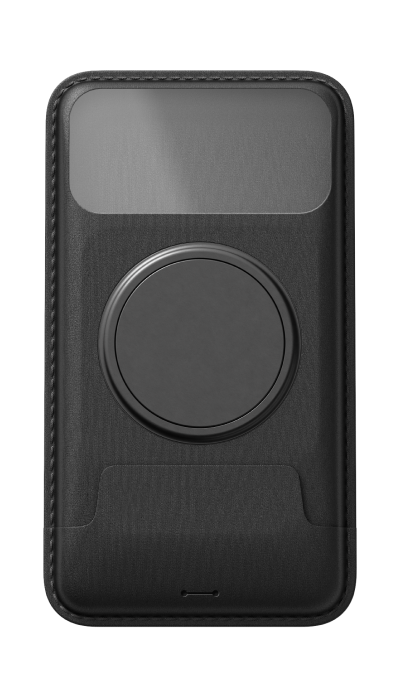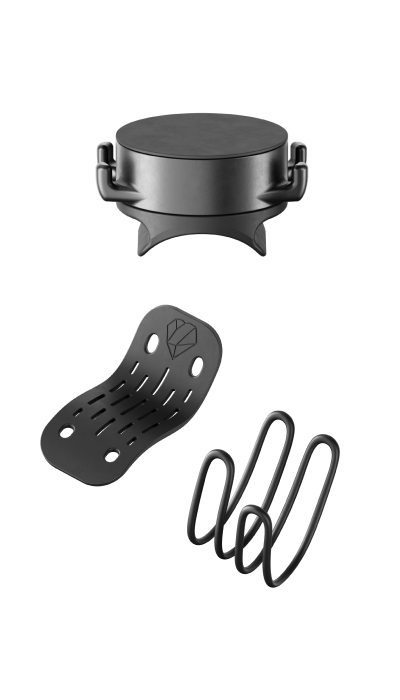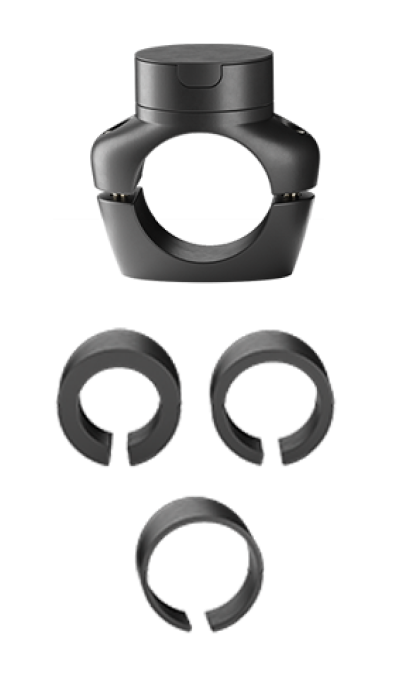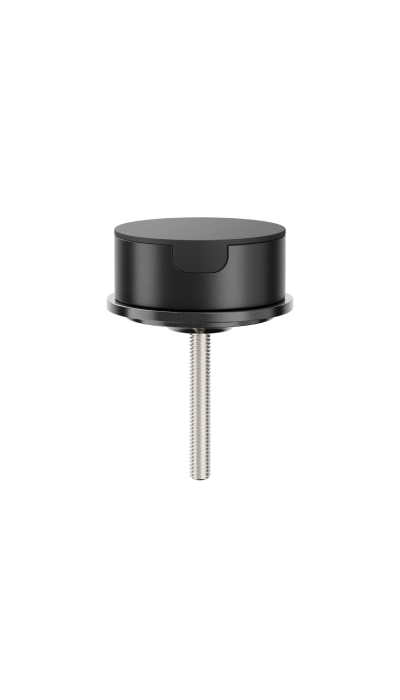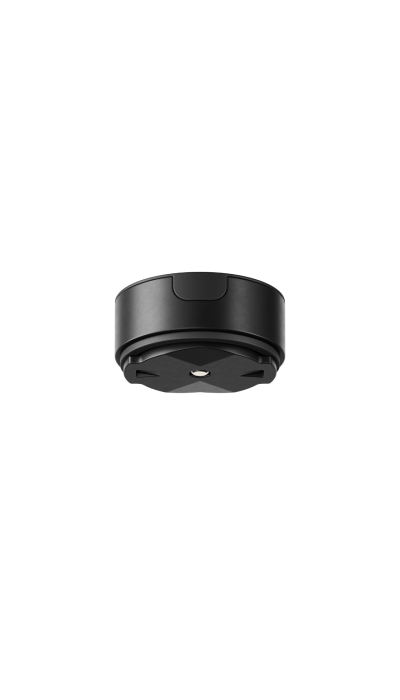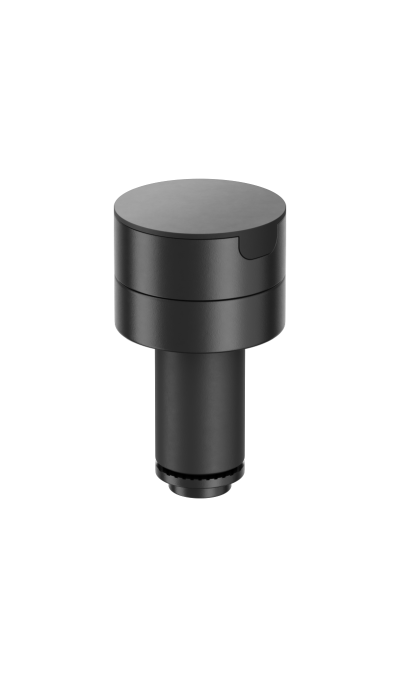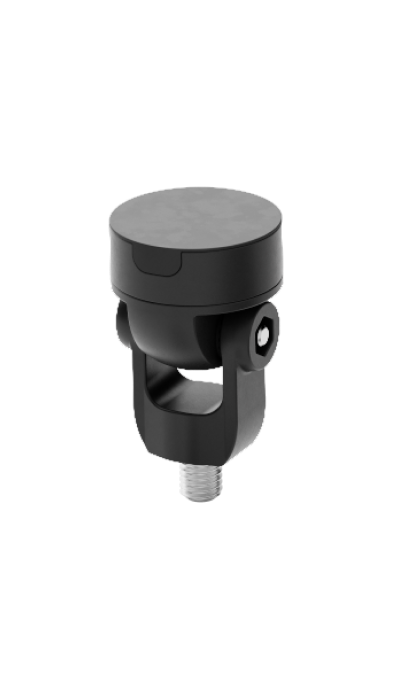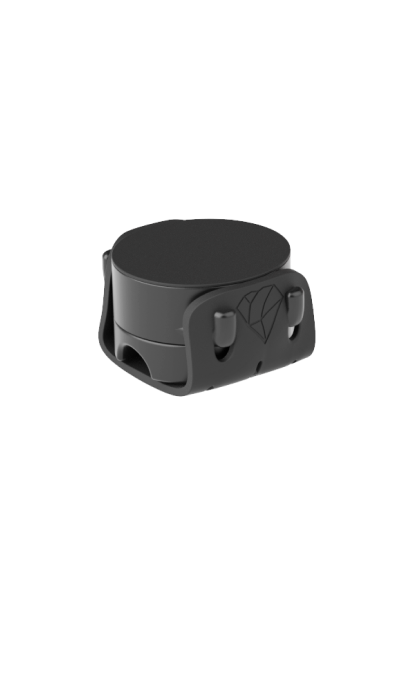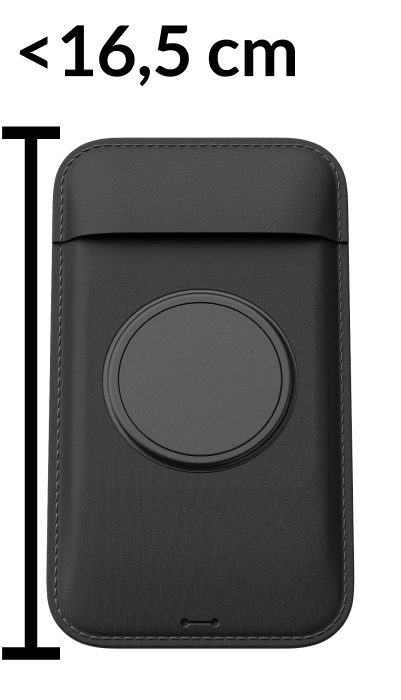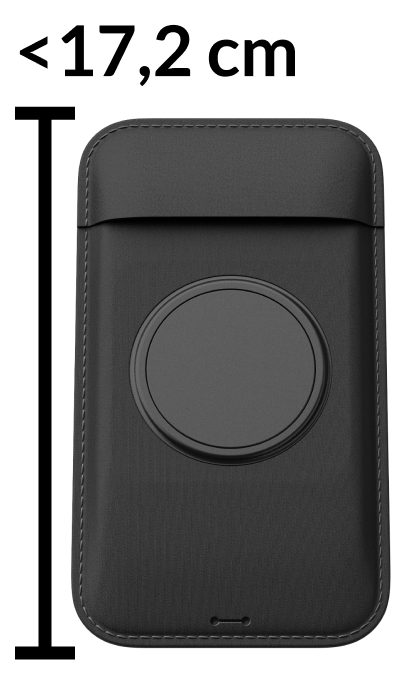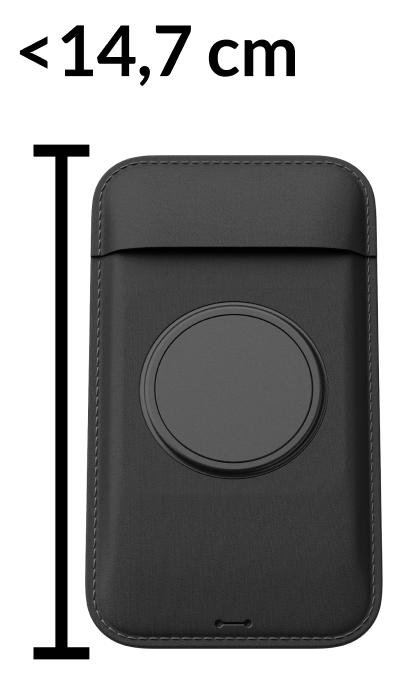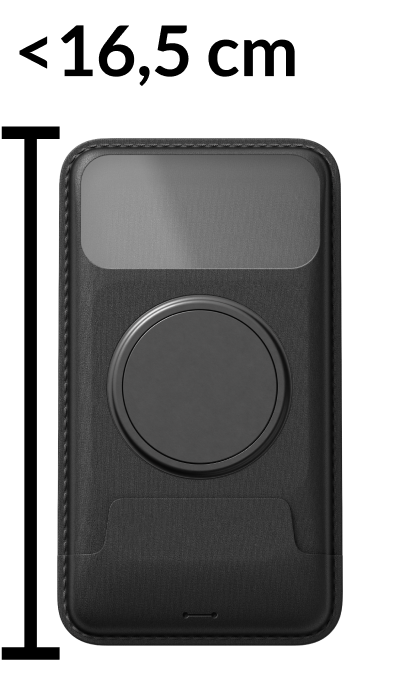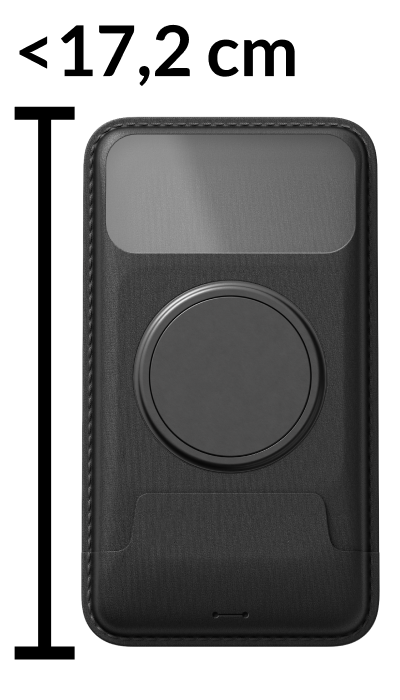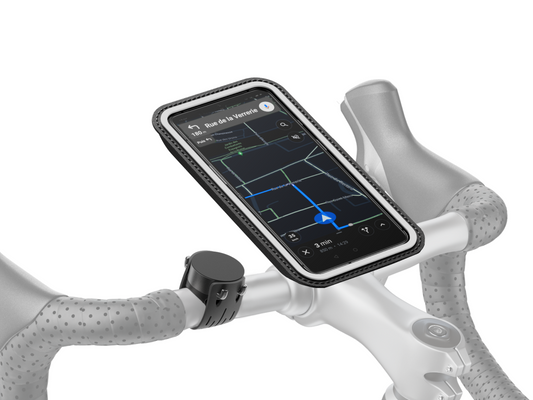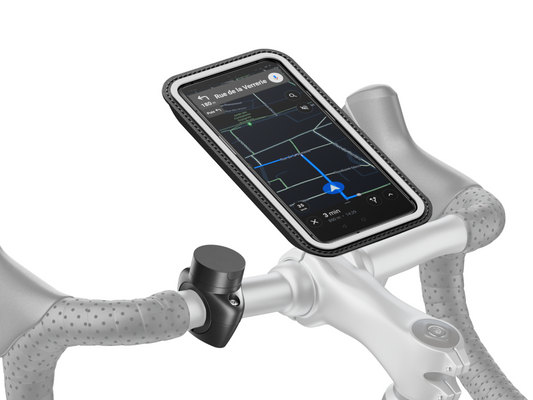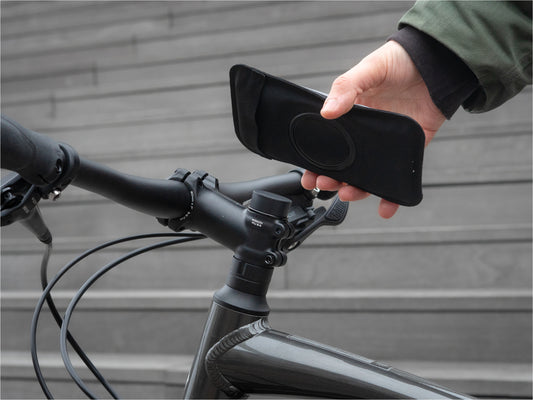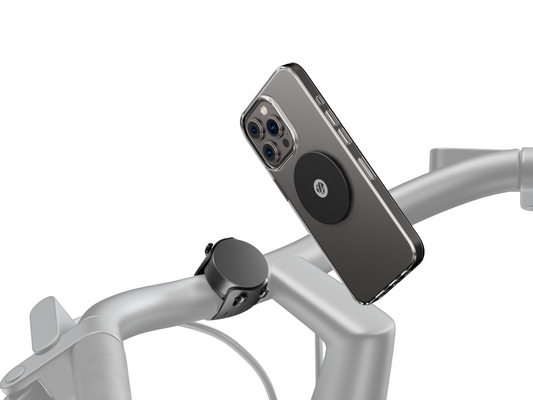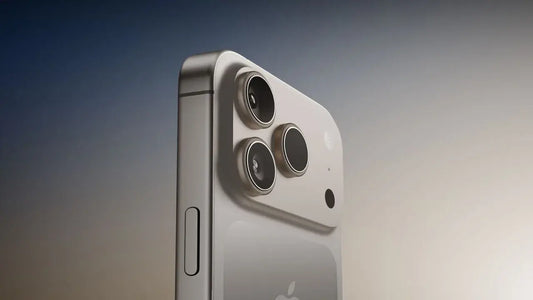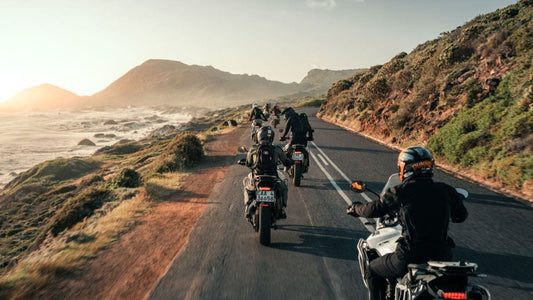With technological advances and the widespread use of navigation apps, many cyclists are wondering if it's still relevant to use a dedicated bike GPS.
The smartphone can he really replace it?
In this article, we compare the two options based on usage, without bias, to help you make a choice that is right for your practice.
GPS navigation for cycling
Precision and reliability
A dedicated bike GPS typically uses GPS, GLONASS, or Galileo satellites to provide high accuracy , even in remote areas. Smartphones, on the other hand, rely on the same satellite networks but sometimes rely on the mobile network for certain apps.
In good conditions, accuracy remains comparable, although GPS remains more consistent off-grid.
Bike screens: dedicated vs. smartphone
Display and readability
The GPS has a screen designed for outdoor use, often anti-glare and very readable in direct sunlight.
The larger smartphone can display more details , but its readability depends on the brightness and quality of the screen. In addition, some applications require a connection to display the map, unlike GPS systems which often include map backgrounds .
Which one holds the most?
Autonomy and management
One of the major advantages of GPS bike devices is their battery life : between 10 and 30 hours depending on the model. Smartphones, when constantly using the GPS with the screen on, consume more battery.
However, adding an external battery or a power saving mode can extend their usage time, especially for medium to long outings.
Bike mount and bike GPS
Fixing and use
Bike GPS devices are designed to fit standard mounts, providing a stable and secure mount.
For smartphones, it all depends on the mount you use . Shapeheart offers magnetic bike mounts that allow you to easily attach and detach your phone, even with gloves on. This type of accessory allows you to access navigation while keeping your hands on the handlebars and your eyes on the road, while ensuring good stability .
Discover our bike range!
What investment for your bicycle use?
Cost and versatility
GPS represents an initial investment , often exceeding €200, but it's dedicated solely to cycling. Conversely, most cyclists already own a smartphone and can be used for much more than navigation.
However, it requires good support , weather protection and sometimes an external power source for long outings.
The key is to choose the tool that suits your use, ensuring good support and reliable fixation to guarantee comfort and safety.
And you, what tool do you use during your bike rides? Tell us in the comments.
Also read: The essential bicycle accessory for smoother urban mobility.






